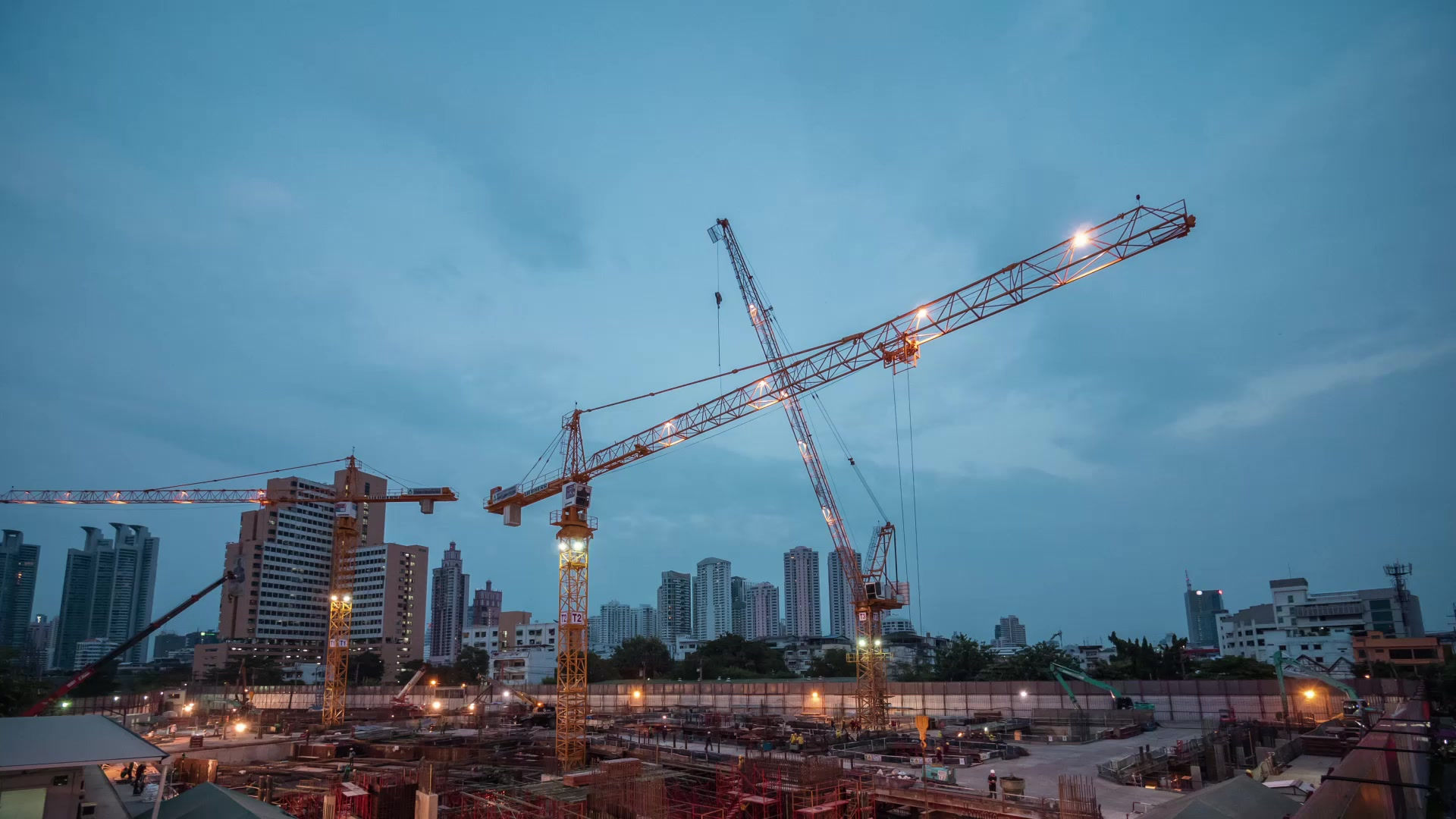Sequencing of concrete pours
- cissi72
- Mar 4, 2023
- 2 min read
The sequence for concrete pours on a new structure may vary depending on the design, size, and complexity of the project. However, a general sequence for concrete pours on a new structure can typically include the following steps:
1. Footings: The first pour is typically the footings. This provides a solid foundation for the structure and distributes the weight of the structure evenly over the soil. 2. Stem walls or foundation walls: Once the footings have cured, the next pour is typically the stem walls or foundation walls. These walls are poured on top of the footings and provide support for the structure. 3. Slab or floor: After the stem walls or foundation walls have cured, the next pour is typically the slab or floor. This provides a flat surface for the interior of the structure. 4. Columns and beams: Once the slab or floor has cured, the next pour is typically the columns and beams. These provide support for the structure and distribute the weight of the structure evenly. 5. Walls: After the columns and beams have cured, the next pour is typically the walls. These provide the vertical support for the structure and can be poured in sections. 6. Roof: Once the walls have cured, the next pour is typically the roof. This provides the final layer of protection for the structure and can be poured in sections.
It is important to note that the sequence for concrete pours may vary depending on the specific design and requirements of the project. It is important to work closely with the project engineer or architect to develop a concrete pour sequence that is appropriate for the specific project.


Comments